The climate crisis is no longer a distant threat looming on the horizon; it’s here, and it’s affecting our daily lives in ways we might not even realize. One of the most disturbing impacts is on our drinking water—something we all rely on every day. From rising temperatures to extreme weather events, these changes are slowly but surely compromising the safety and quality of our water sources. Let’s dive into 12 alarming ways the climate crisis is making its mark on what we drink and how it could be putting our health at risk.
1. Rising Temperatures Increase Harmful Algal Blooms
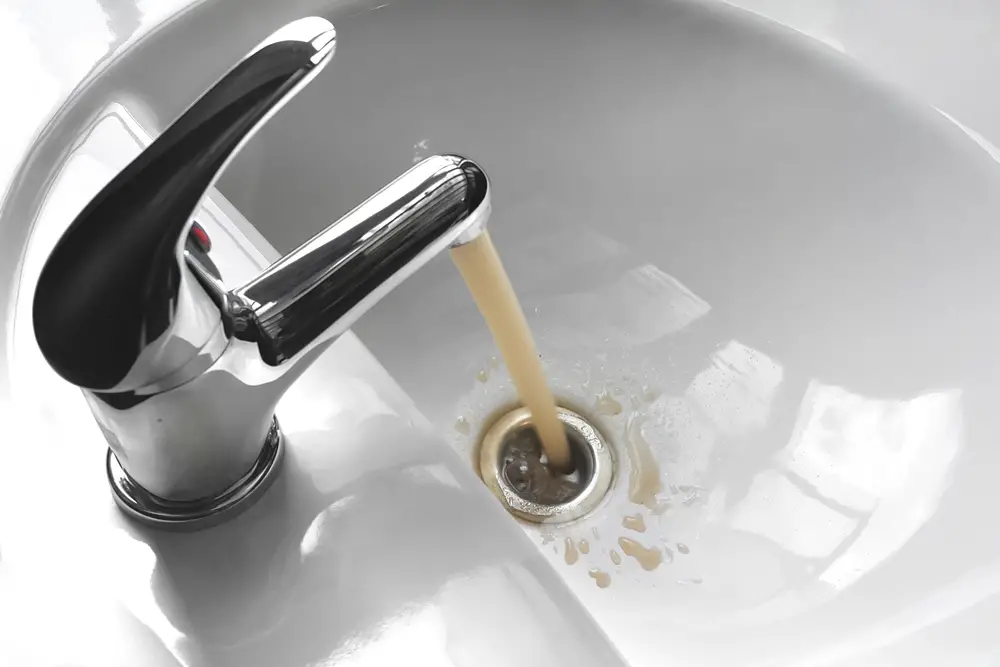
Warmer temperatures are a key factor in the proliferation of harmful algal blooms (HABs) in water bodies. These algal blooms can produce toxins that are dangerous to human health, contaminating drinking water sources. According to the Environmental Protection Agency (EPA), these blooms are becoming more frequent and intense due to climate change. The toxins, such as microcystins, can cause liver damage, neurological effects, and even death in severe cases.
In addition to direct health risks, HABs also affect the taste and odor of drinking water, making it unpleasant and sometimes unsafe for consumption. Municipal water treatment plants may struggle to remove these toxins, especially when blooms are extensive. This challenge is exacerbated by aging infrastructure and limited resources in many communities. The increasing frequency of HABs is a stark reminder of how climate change is directly impacting our water quality.
2. Extreme Weather Events Damage Water Infrastructure

Climate change is increasing the frequency and severity of extreme weather events like hurricanes, floods, and droughts. These events can cause significant damage to water infrastructure, leading to contamination of drinking water supplies. Flooding can overwhelm water treatment facilities, resulting in untreated sewage and pollutants entering rivers and lakes. According to a National Oceanic and Atmospheric Administration (NOAA) report, hurricanes and heavy rains are becoming more intense due to climate change, posing a growing threat to water systems.
When water infrastructure is damaged, the risk of contamination with pathogens, heavy metals, and other pollutants increases significantly. This can lead to outbreaks of waterborne diseases, posing health risks to communities. Restoring damaged infrastructure is costly and time-consuming, leaving affected areas vulnerable for extended periods. Investing in resilient infrastructure and updating existing systems are crucial steps in protecting our water supplies from the impacts of extreme weather.
3. Sea Level Rise Increases Salinity in Coastal Aquifers
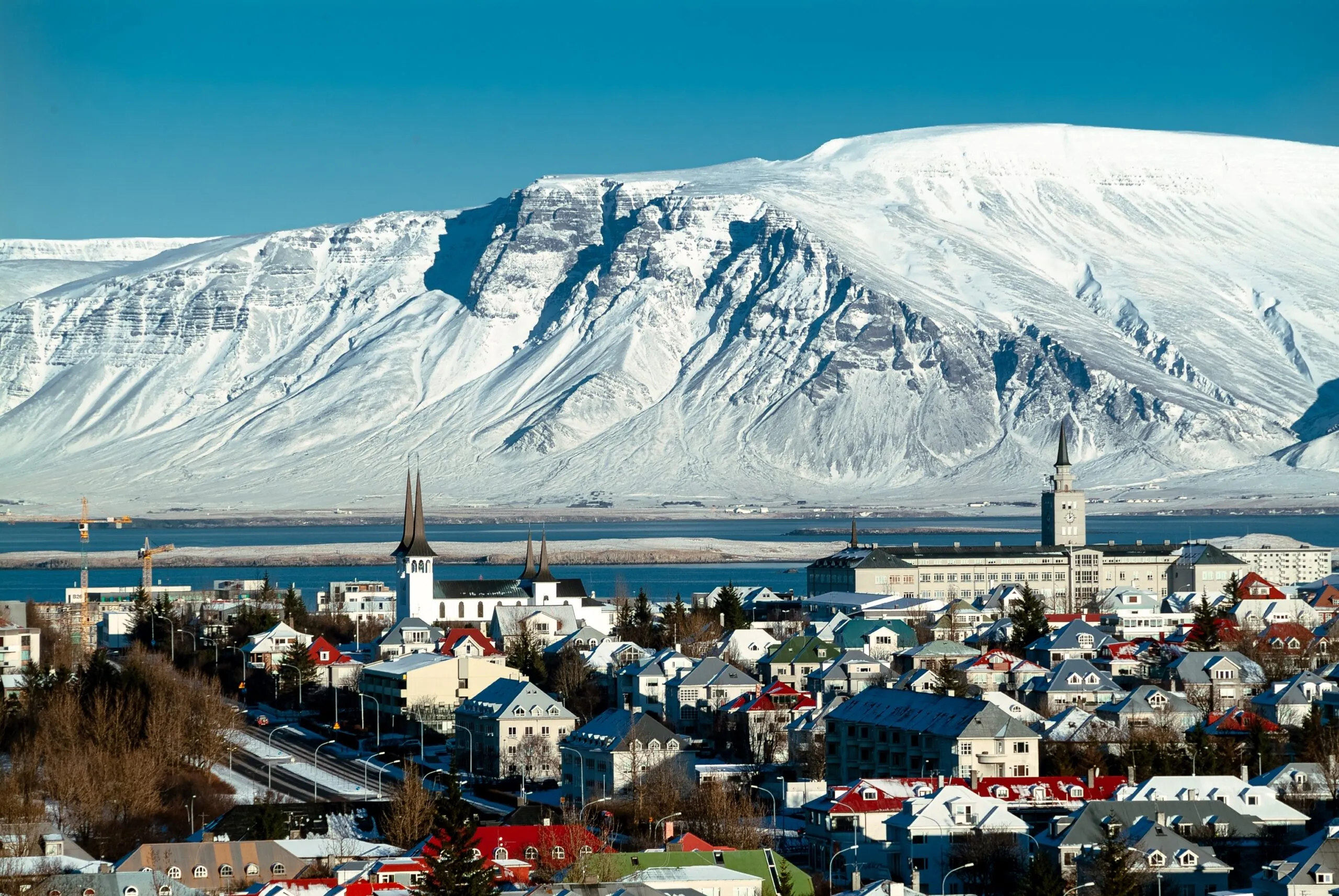
As sea levels rise due to the melting of ice caps and thermal expansion, saltwater intrusion into coastal aquifers is becoming a critical issue. This intrusion increases the salinity of groundwater sources, making it unsuitable for drinking without expensive desalination processes. According to the United States Geological Survey (USGS), saltwater intrusion is a growing problem in coastal areas worldwide. The increasing salinity can also damage agricultural lands, further impacting food and water security.
In areas where freshwater is already scarce, such as parts of California and Florida, saltwater intrusion is exacerbating water scarcity issues. The added salinity can corrode pipes and water infrastructure, leading to costly repairs and maintenance. Addressing this issue requires a combination of strategies, including reducing groundwater extraction and implementing managed aquifer recharge. As sea levels continue to rise, proactive measures are essential to safeguard our freshwater resources.
4. Droughts Reduce Water Availability and Quality

Droughts are becoming more frequent and severe in many parts of the world due to climate change. Drier conditions lead to reduced water availability, impacting both the quantity and quality of drinking water supplies. As water levels in reservoirs and rivers drop, the concentration of pollutants increases, making treatment more challenging. Low water levels can also lead to the resuspension of sediments, which may contain harmful substances like heavy metals and organic pollutants.
The scarcity of water during droughts forces communities to rely on alternative sources, which may not be as safe or reliable. This can lead to the over-extraction of groundwater, which may not be replenished due to lack of rainfall, further exacerbating water scarcity issues. Water restrictions and rationing become necessary, impacting daily life and economic activities. Long-term solutions require improved water management practices, including conservation, reuse, and the development of drought-resistant water supplies.
5. Melting Glaciers Reduce Freshwater Supplies
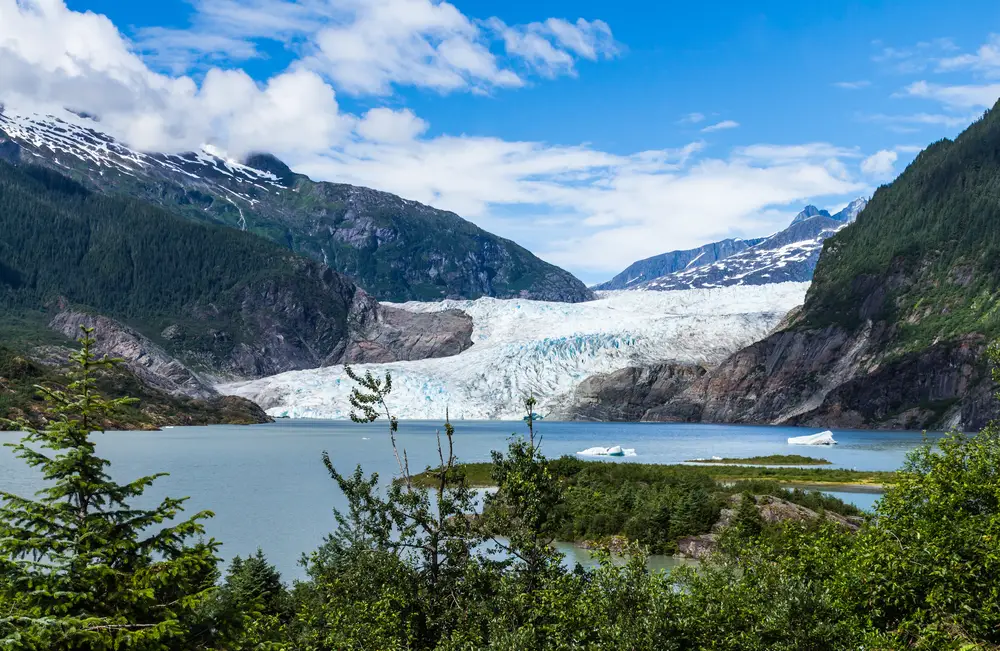
Glaciers are a critical source of freshwater for many regions, and their rapid melting due to climate change is a growing concern. As glaciers shrink, they contribute to rising sea levels and reduce the availability of freshwater for downstream communities. This is particularly critical in areas like South Asia and the Andes, where millions rely on glacial meltwater for drinking, agriculture, and industry. The loss of glaciers not only affects the quantity of water available but also its seasonal distribution, impacting water security.
The changes in water supply can lead to conflicts over limited resources, as different sectors compete for the shrinking supplies. In addition, the sediments and minerals released from melting glaciers can alter the chemical composition of water, posing challenges for treatment processes. The loss of glaciers is a long-term issue, and solutions must focus on reducing greenhouse gas emissions and adapting water management strategies. Protecting these natural water reservoirs is essential for ensuring future water security.
6. Increased Rainfall Causes Runoff Pollution
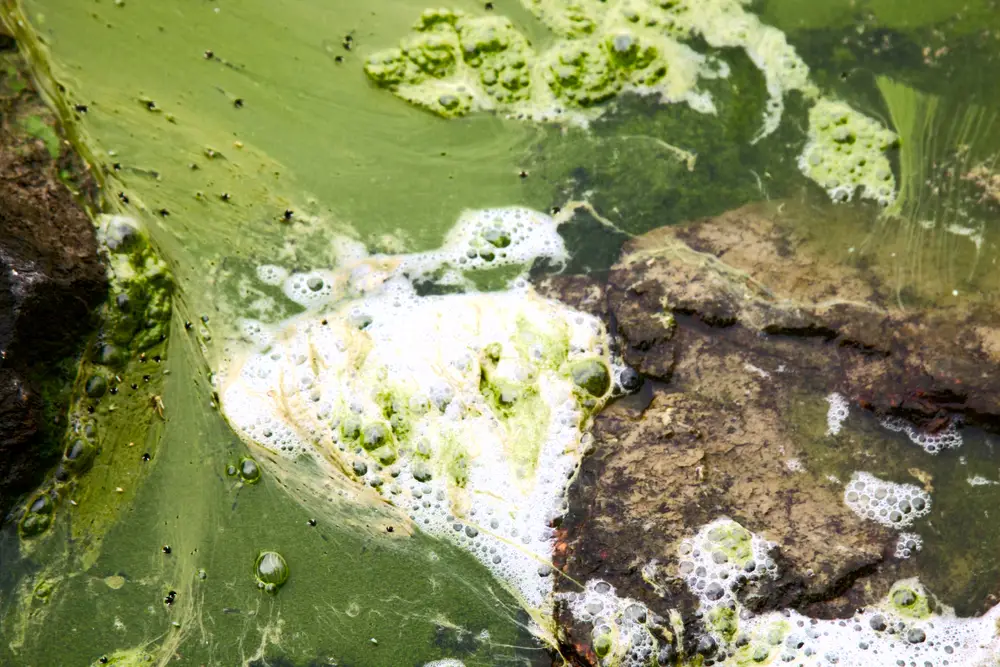
While some regions face drought, others experience increased rainfall, leading to runoff pollution in water bodies. Heavy rains wash pollutants from urban areas, agricultural fields, and industrial sites into rivers and lakes, contaminating drinking water sources. Common pollutants include pesticides, fertilizers, heavy metals, and pathogens, which pose significant health risks. The increased runoff can also cause erosion, altering waterway ecology and increasing sedimentation.
Runoff pollution is challenging to manage, as it involves a wide range of pollutants from various sources. Traditional water treatment methods may not be sufficient to remove all contaminants, necessitating advanced treatment technologies. Implementing sustainable land management practices and green infrastructure can help reduce runoff pollution. Community awareness and involvement are also vital in addressing pollution sources and protecting water quality.
7. Loss of Wetlands Reduces Natural Water Filtration
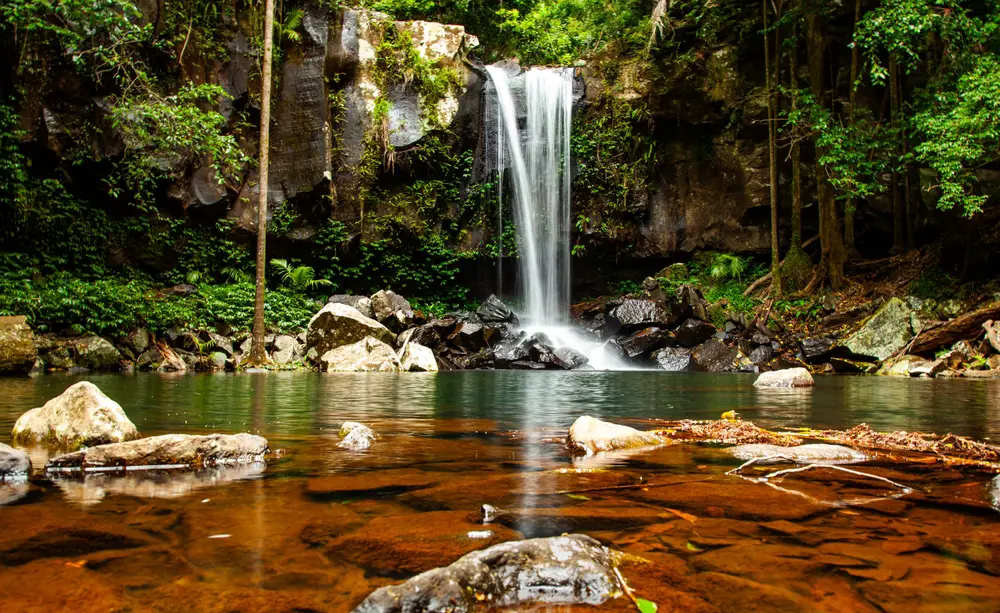
Wetlands are nature’s water filters, playing a crucial role in maintaining water quality by trapping sediments and pollutants. However, climate change and human activities are leading to the degradation and loss of these vital ecosystems. The destruction of wetlands reduces their ability to filter water, leading to increased pollution in downstream water bodies. This loss affects not only water quality but also biodiversity and the overall health of ecosystems.
Wetlands also act as buffers against extreme weather events, such as floods, by absorbing excess water and reducing runoff. Their destruction leaves communities more vulnerable to water quality issues during heavy rains and flooding. Protecting and restoring wetlands is essential to maintain their ecological functions and support clean water supplies. Efforts to conserve wetlands must be integrated into broader water management and climate adaptation strategies.
8. Wildfires Contaminate Water Supplies
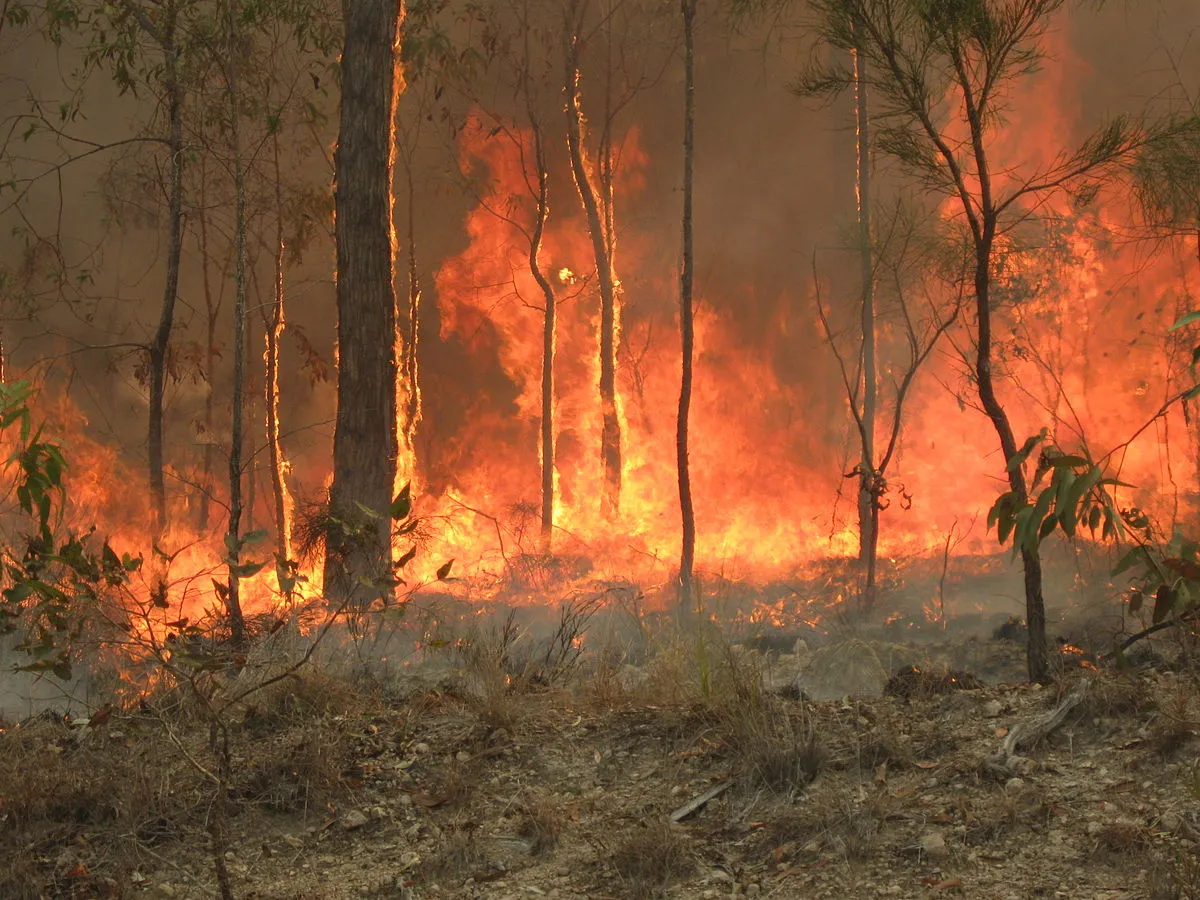
The increasing frequency and intensity of wildfires, driven by climate change, pose a significant threat to water supplies. When forests burn, they release a mix of contaminants, including ash, heavy metals, and organic compounds, into the air and water. These pollutants can enter water bodies through runoff and sedimentation, degrading water quality. The destruction of vegetation also increases erosion, further contributing to water contamination.
Wildfires can damage water infrastructure, including reservoirs and treatment facilities, leading to disruptions in supply and treatment processes. The presence of contaminants like benzene in drinking water poses health risks, requiring costly and complex treatment solutions. Communities in fire-prone areas face ongoing challenges in ensuring clean and safe water supplies. Implementing fire management practices and restoring fire-affected landscapes are crucial steps in mitigating these risks.
9. Thawing Permafrost Releases Toxic Substances
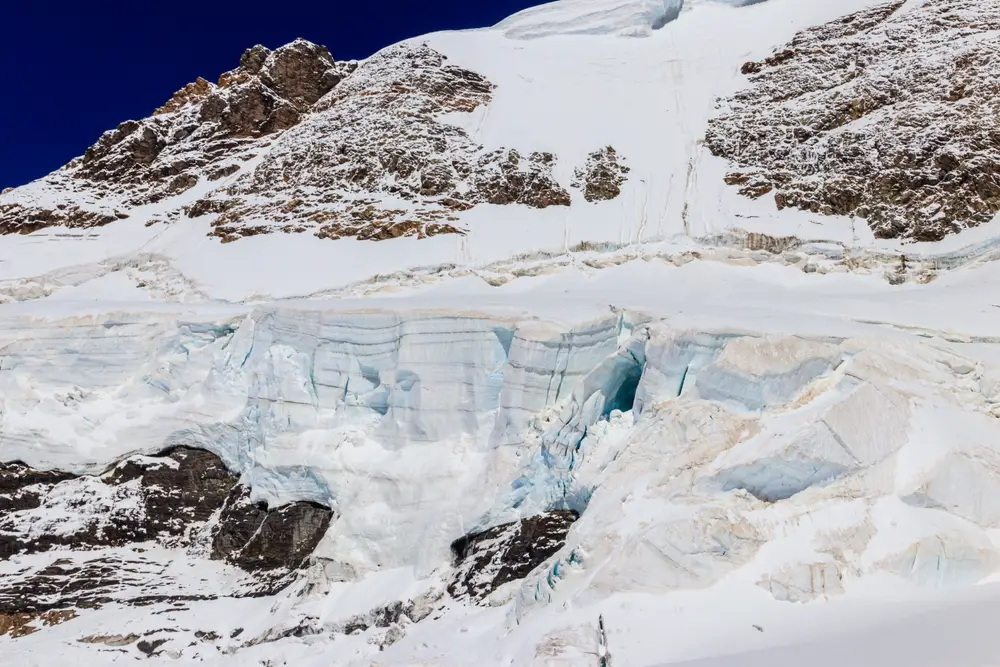
In Arctic and sub-Arctic regions, thawing permafrost is releasing previously trapped pollutants into the environment. As the ground thaws, it releases not only greenhouse gases but also toxic substances like mercury and organic pollutants. These contaminants can leach into water bodies, posing risks to drinking water supplies and aquatic life. The release of such substances is a concern for Indigenous communities and others who rely on local water sources.
The thawing permafrost also disrupts natural drainage patterns, leading to changes in water flow and quality. As infrastructure built on permafrost becomes unstable, there is increased potential for damage to water systems. Addressing these challenges requires innovative engineering solutions and the incorporation of traditional knowledge in monitoring and adaptation strategies. The impacts of thawing permafrost highlight the interconnectedness of climate and water issues.
10. Ocean Acidification Affects Marine Food Chains and Water Quality
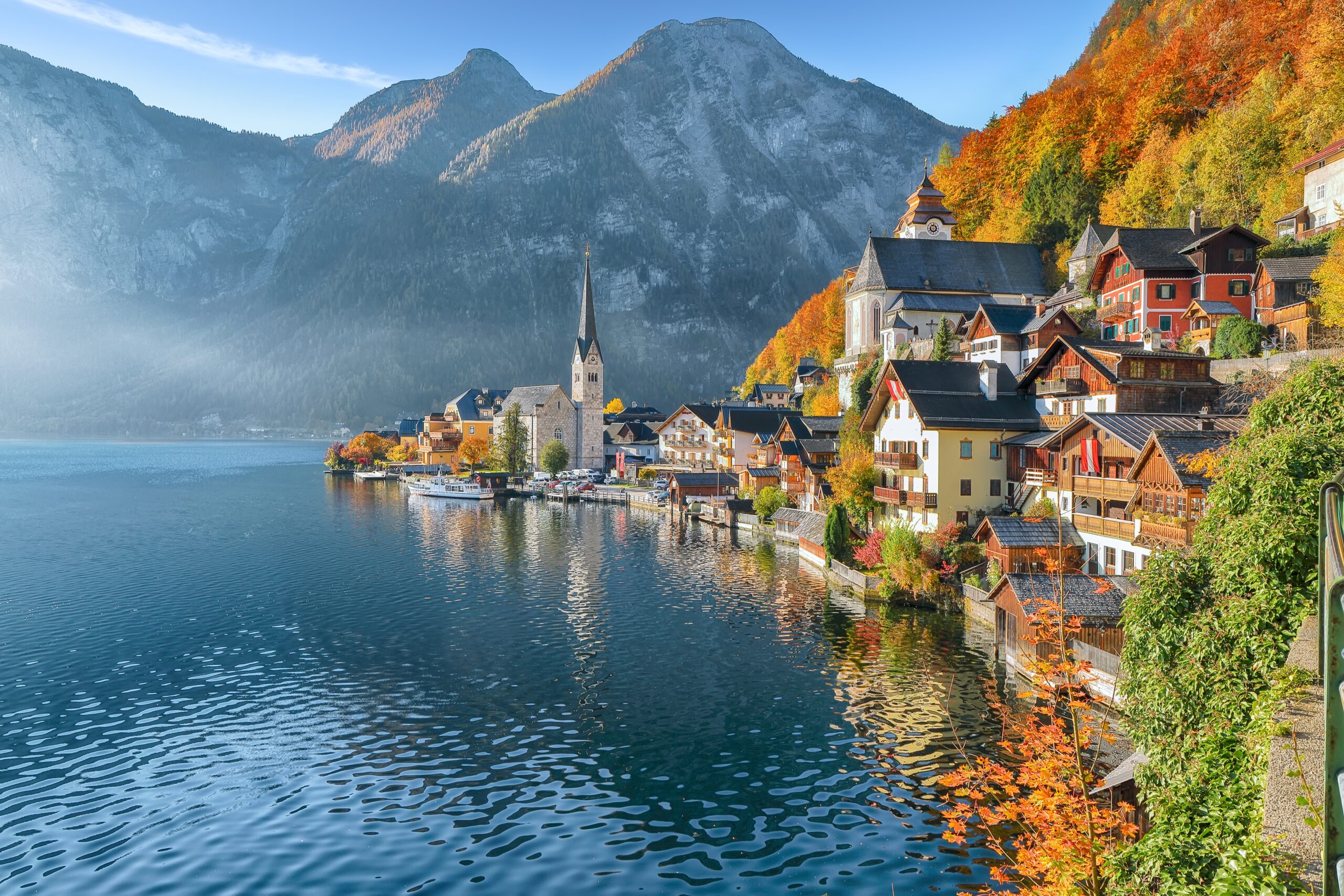
While ocean acidification primarily impacts marine life, its effects also extend to water quality and food security. As the ocean absorbs more carbon dioxide, it becomes more acidic, affecting the health of marine ecosystems. The disruption of food chains can impact local fisheries and communities that rely on marine resources. The breakdown of coral reefs and shellfish, which play a role in filtering and maintaining water quality, is also a concern.
The changes in marine ecosystems can have knock-on effects on human health and livelihoods, particularly in coastal areas. Ocean acidification is a global issue that requires international cooperation and efforts to reduce carbon emissions. Protecting marine ecosystems and promoting sustainable fishing practices are essential to address this challenge. While the direct impact on freshwater supplies may be limited, the broader ecological and economic implications are significant.
11. Agricultural Practices Contribute to Water Pollution
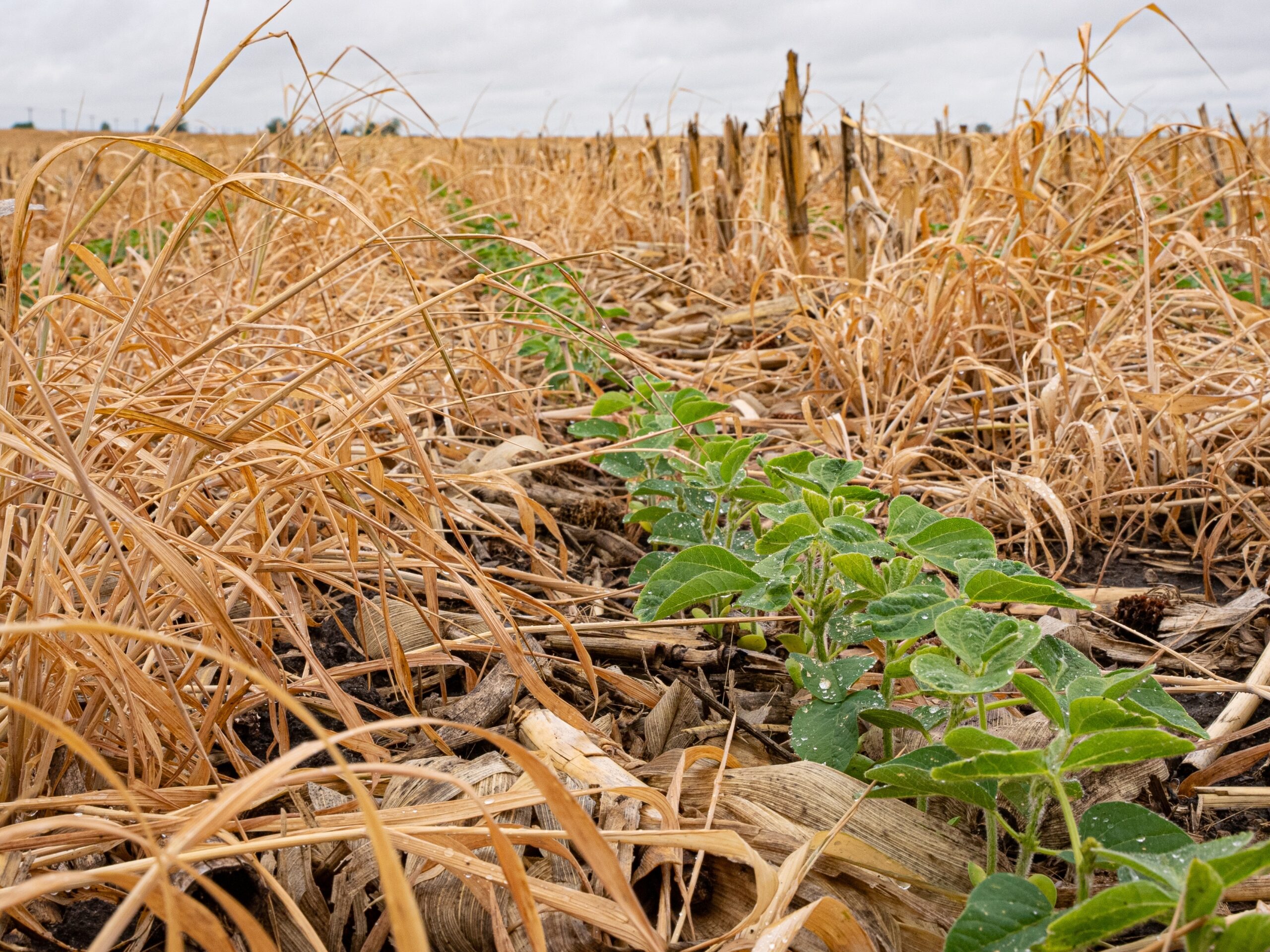
Agricultural runoff is a major source of water pollution, and climate change is exacerbating the issue. Increased rainfall and extreme weather events lead to more runoff, carrying fertilizers, pesticides, and manure into water bodies. These pollutants can cause algal blooms and degrade water quality, posing risks to human health and aquatic ecosystems. The reliance on chemical inputs in agriculture is a significant contributor to this problem.
Sustainable agricultural practices, such as cover cropping and reduced tillage, can help mitigate runoff and improve water quality. Implementing buffer zones and wetlands can also reduce the impact of agricultural pollution on water bodies. Encouraging the adoption of climate-smart agricultural practices is essential to address these challenges. Collaboration between farmers, policymakers, and communities is key to finding solutions that balance food production and water conservation.
12. Increasing Groundwater Depletion Threatens Water Security
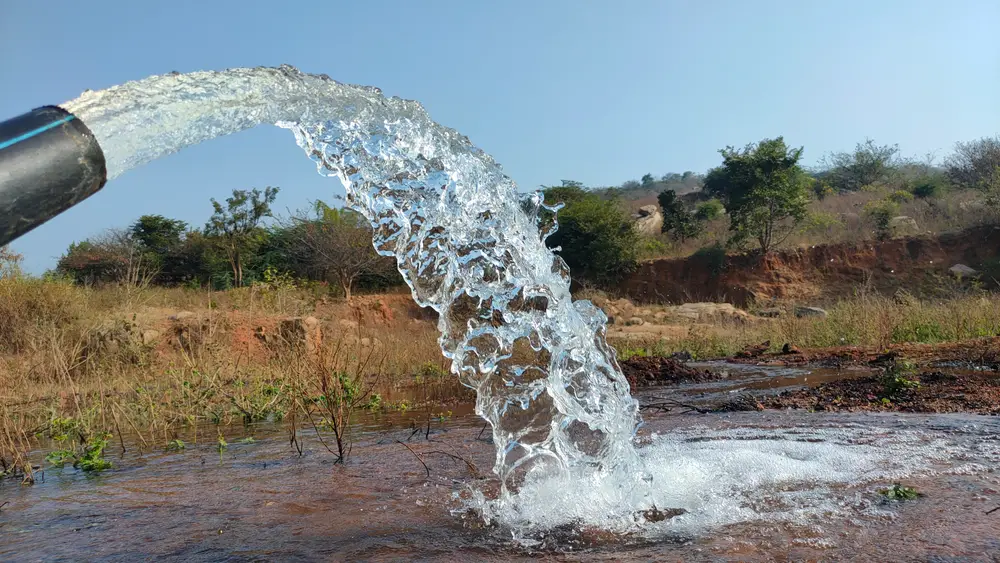
Groundwater is a vital source of drinking water for billions of people, but its over-extraction is a growing concern. Climate change is altering precipitation patterns, leading to increased reliance on groundwater during dry periods. This unsustainable extraction is causing aquifers to deplete faster than they can recharge, threatening long-term water security. The depletion of groundwater also leads to land subsidence and the intrusion of pollutants, further affecting water quality.
Effective management of groundwater resources is critical to ensure sustainable water supplies. Monitoring and regulating extraction rates, as well as investing in recharge projects, are essential strategies. Public awareness and involvement in groundwater management can also promote more responsible use and conservation. As climate change continues to impact water availability, protecting our groundwater resources becomes increasingly urgent.
